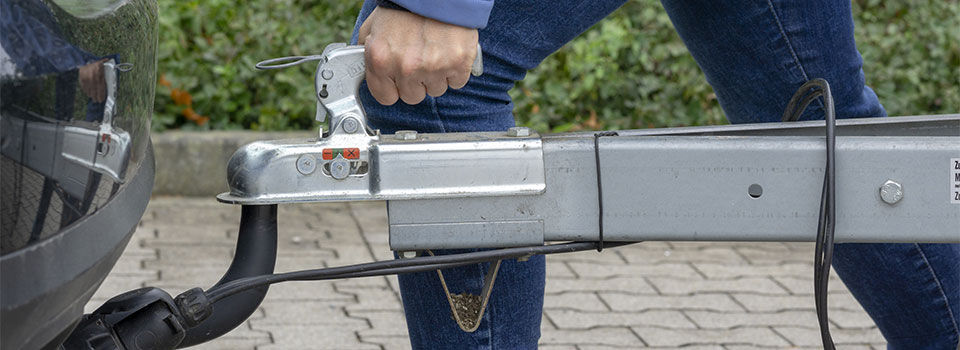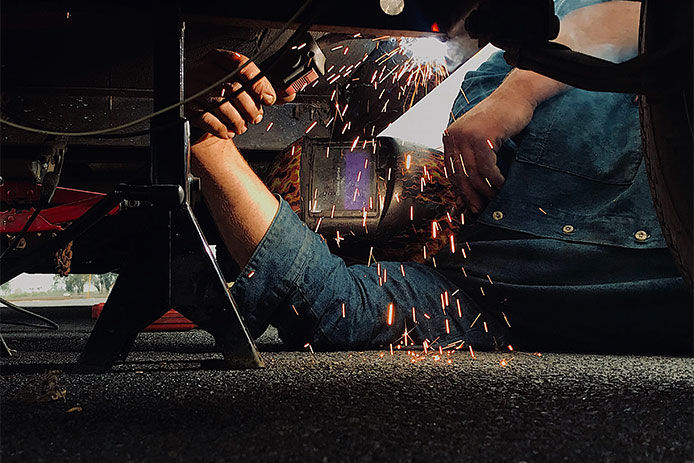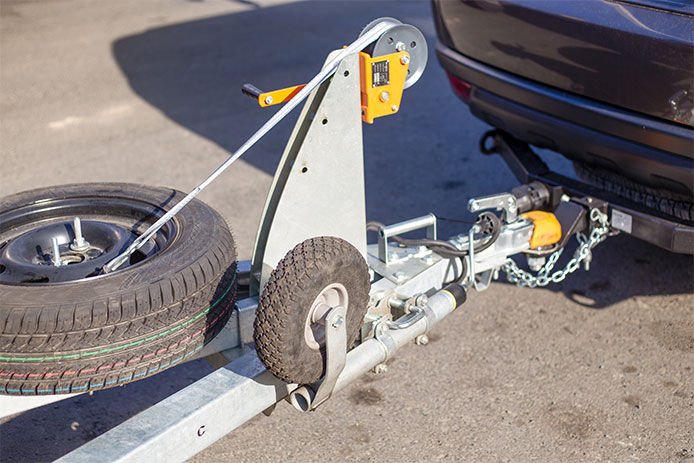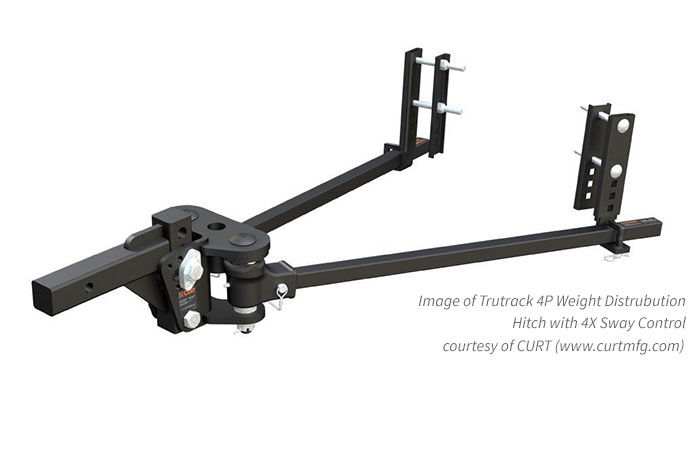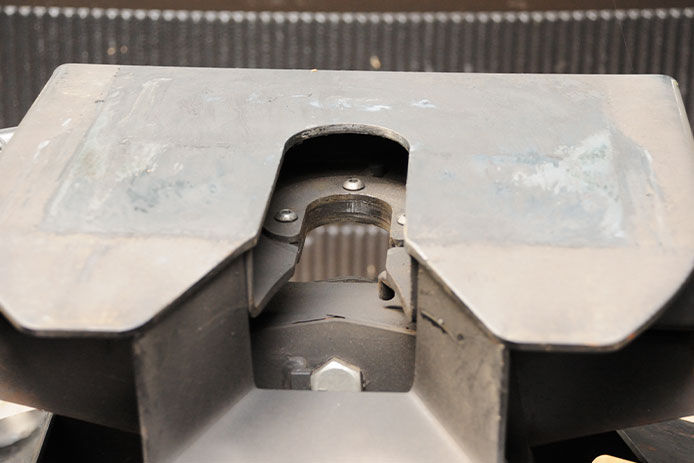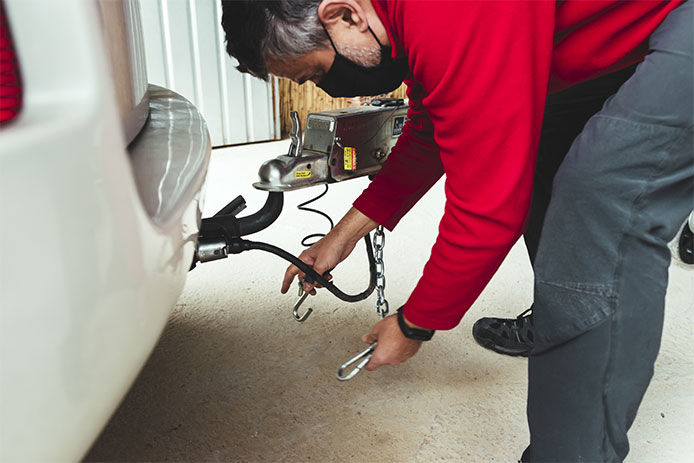Hitch-specific Setup
Each trailer hitch has a slightly different setup procedure once installed and ready to use. Slight variations in procedure also exist between different models, so check the manufacturer’s instructions for specifics. These general instructions for the three most commonly used types of towing hitches will help you prepare for the challenge.
